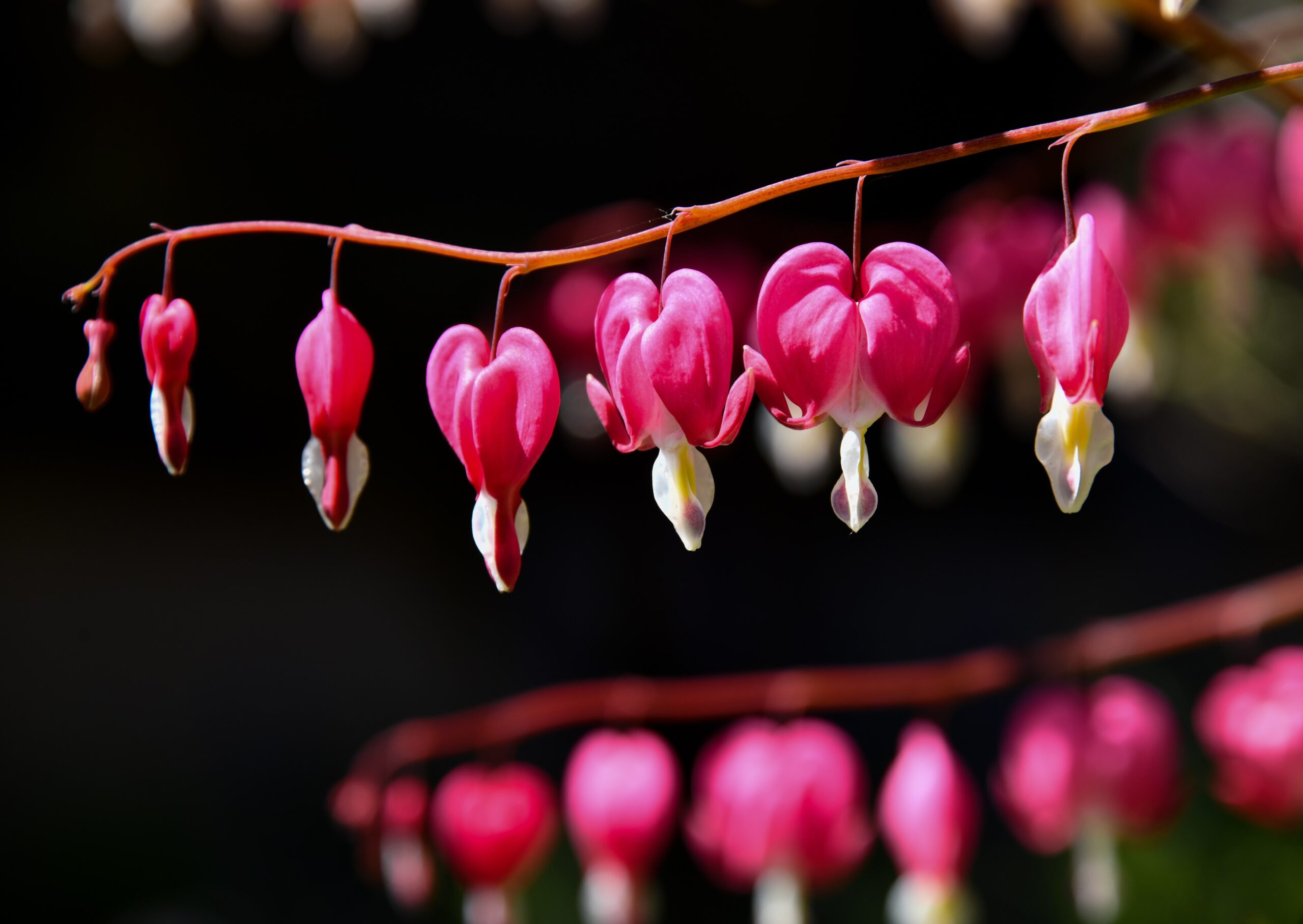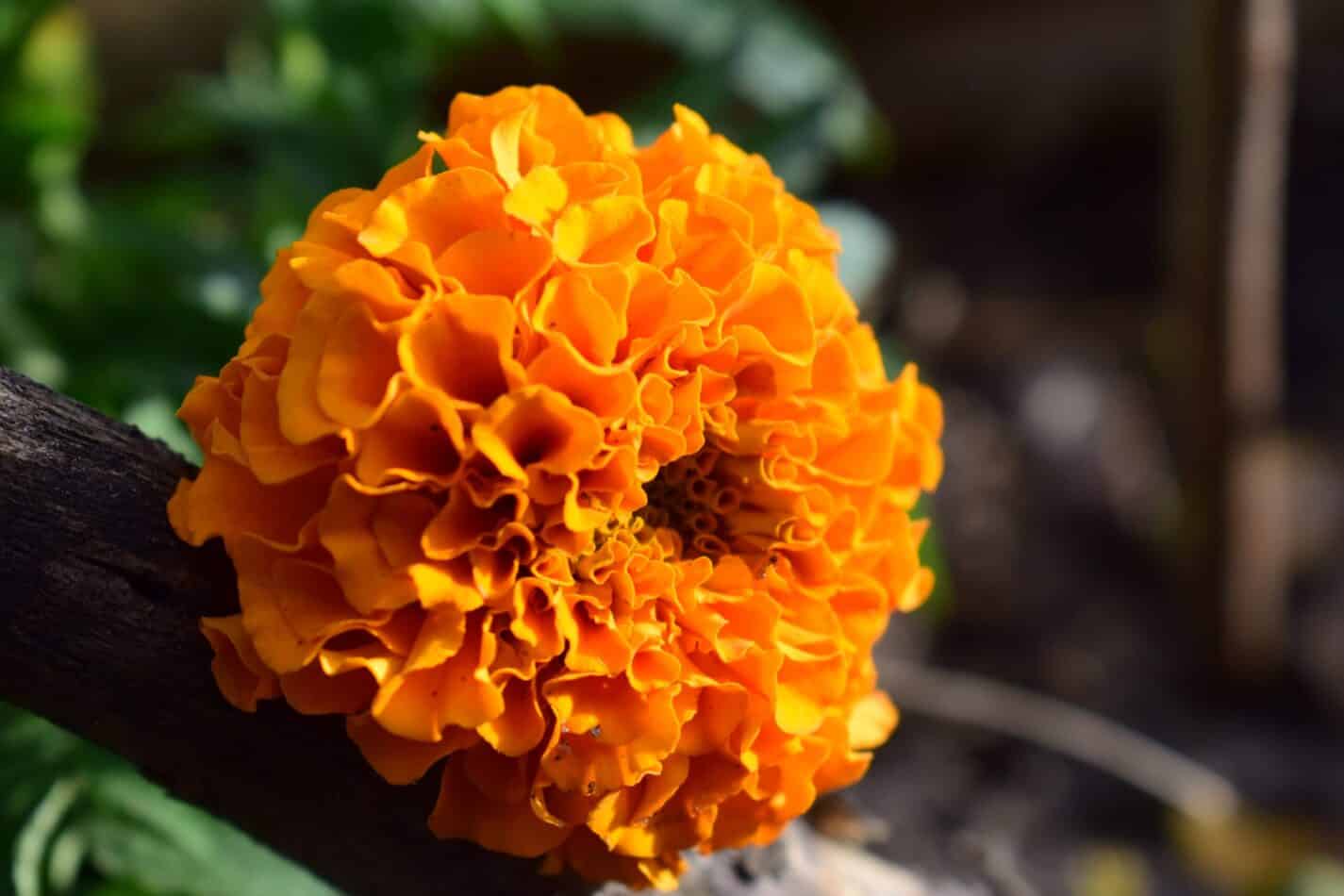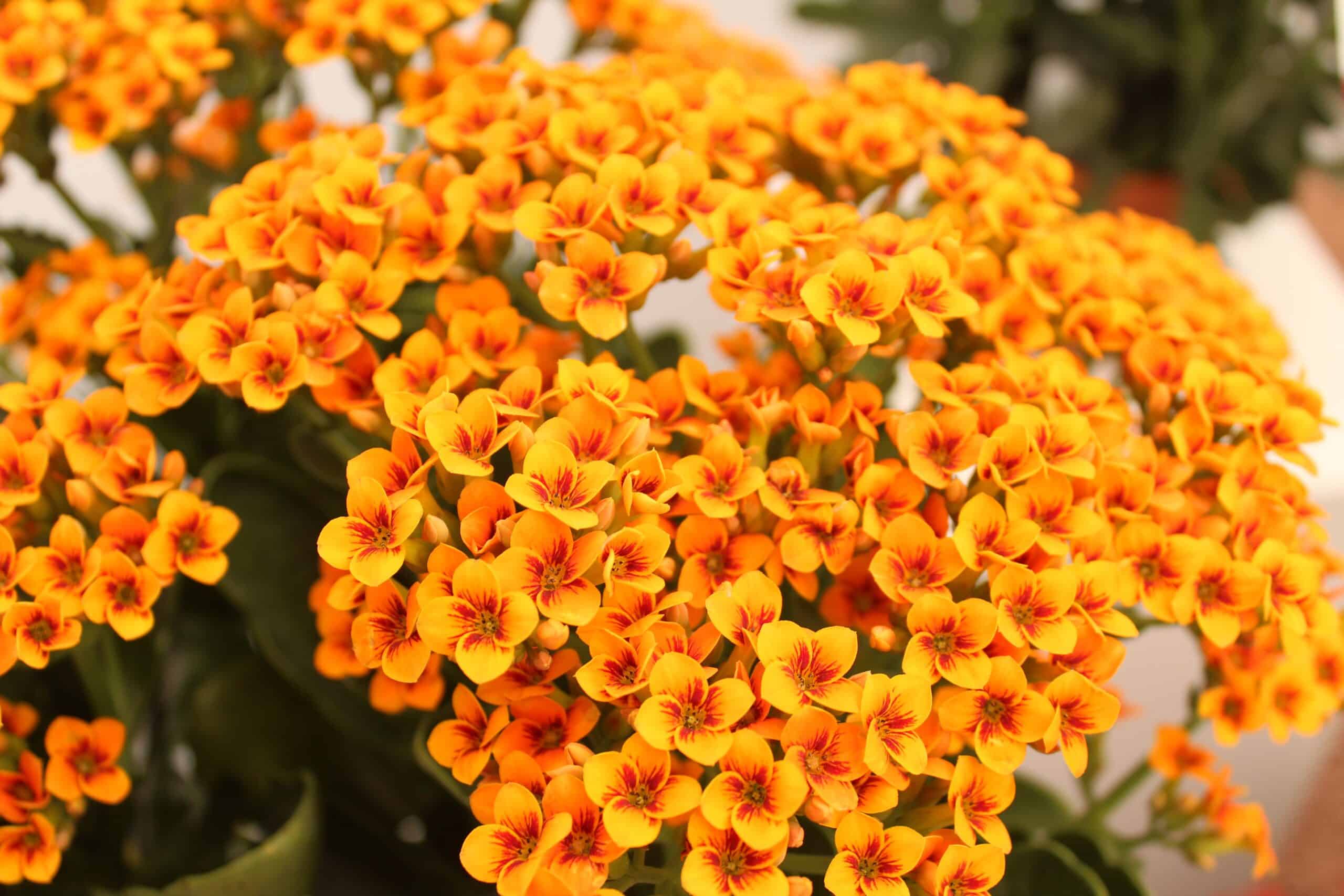The risks associated with poisonous flowers are numerous and can range from mild irritation to severe illness or even death. Some common symptoms of exposure to poisonous flowers include skin irritation, nausea, vomiting, abdominal pain, and even cardiac arrest. It is essential to be aware of the risks associated with these plants and to take precautions when handling or being near them. Unfortunately, there are many myths and misconceptions surrounding poisonous flowers, which can lead to dangerous situations. For example, many people believe that the bright colors of some flowers indicate that they are safe to handle, when in fact, they may be highly toxic.
Some of the most common poisonous flowers include hydrangeas, daffodils, lilies, foxgloves, and castor oil plants. However, there are many other flowers that can be harmful, such as aconitum, deadly nightshade, and oleander. Some of these plants are so toxic that they are considered to be among the most poisonous in the world. It is important to be vigilant when working in gardens or natural settings and to be aware of the potential dangers of these beautiful but deadly flowers.
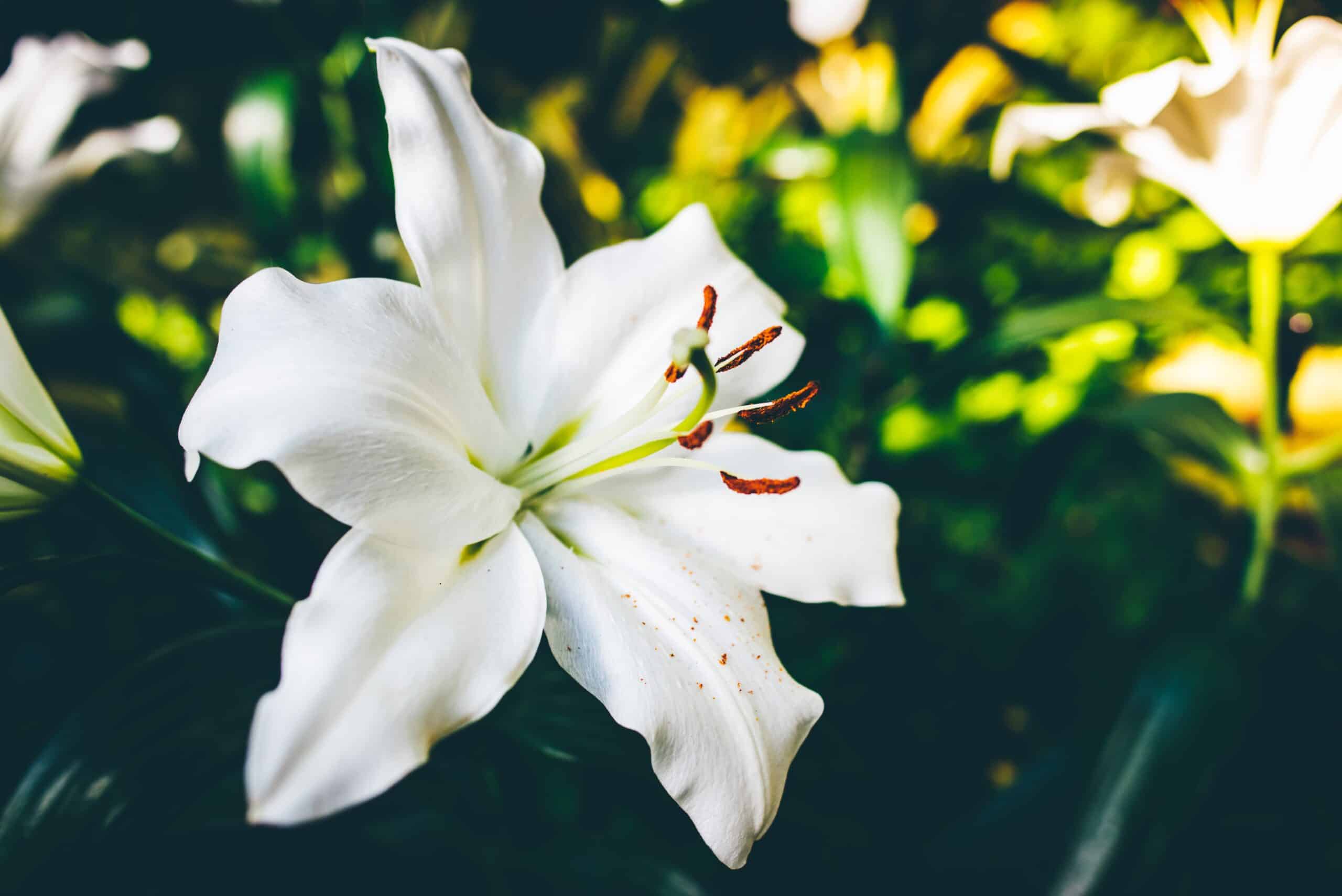
Poisonous flowers and their characteristics
Many flowers that are beautiful and visually appealing can also be highly poisonous. Some flowers have toxic pollen, which can cause allergic reactions and respiratory issues in humans and animals. Other flowers have poisonous nectar, which can be harmful if ingested. Additionally, some flowers have poisonous sap, which can cause skin irritation and other health problems. For example, the Ranunculus genus contains over 600 species of beautiful flowers that are toxic to both humans and animals. It is important to be aware of the characteristics of poisonous flowers in order to avoid any potential harm.
Some of the most well-known poisonous flowers include the Foxglove, Deadly Nightshade, and Angel’s Trumpet. These flowers contain toxic substances such as digitalis, which can cause heart problems, and atropine, which can cause hallucinations and delirium. Other poisonous flowers to watch out for include Lily of the Valley, Oleander, and Hydrangea. It is important to be cautious when handling these flowers and to keep them away from children and pets.
There are many different types of poisonous flowers, and it is important to be aware of the risks associated with each one. Some of the most poisonous flowers include the Castor Bean, Jimsonweed, and Aconite. Other dangerous flowers include Poison Ivy, Poison Sumac, and Poison Oak. It is important to educate oneself on the different types of poisonous flowers and to take necessary precautions to avoid any potential harm. While these flowers may be visually appealing, it is important to remember that their beauty can be deceiving and potentially harmful.

Examples of poisonous flowers and their effects
Another example of a poisonous flower is Oleander, a beautiful shrub with vibrant blooms that are commonly used for landscaping. However, all parts of the plant are highly poisonous, and ingestion can cause serious health issues, including death. Even the pollen and nectar of the Oleander flower can be toxic and potentially harmful to pollinators. Despite its beauty, Oleander should be handled with care and avoided in areas where children or pets may come into contact with it.
In addition to Datura, Lily of the Valley, and Oleander, there are several other poisonous flowers to be aware of, including Rhododendron, Delphiniums, Foxglove, and Gloriosa Lily. Some of these flowers, such as the Corpse Lily, are also known for their unpleasant odor and can be dangerous if ingested. It is important to research any flowers before planting them in your garden or handling them to ensure that they are not toxic and will not pose a risk to your health or the health of others.
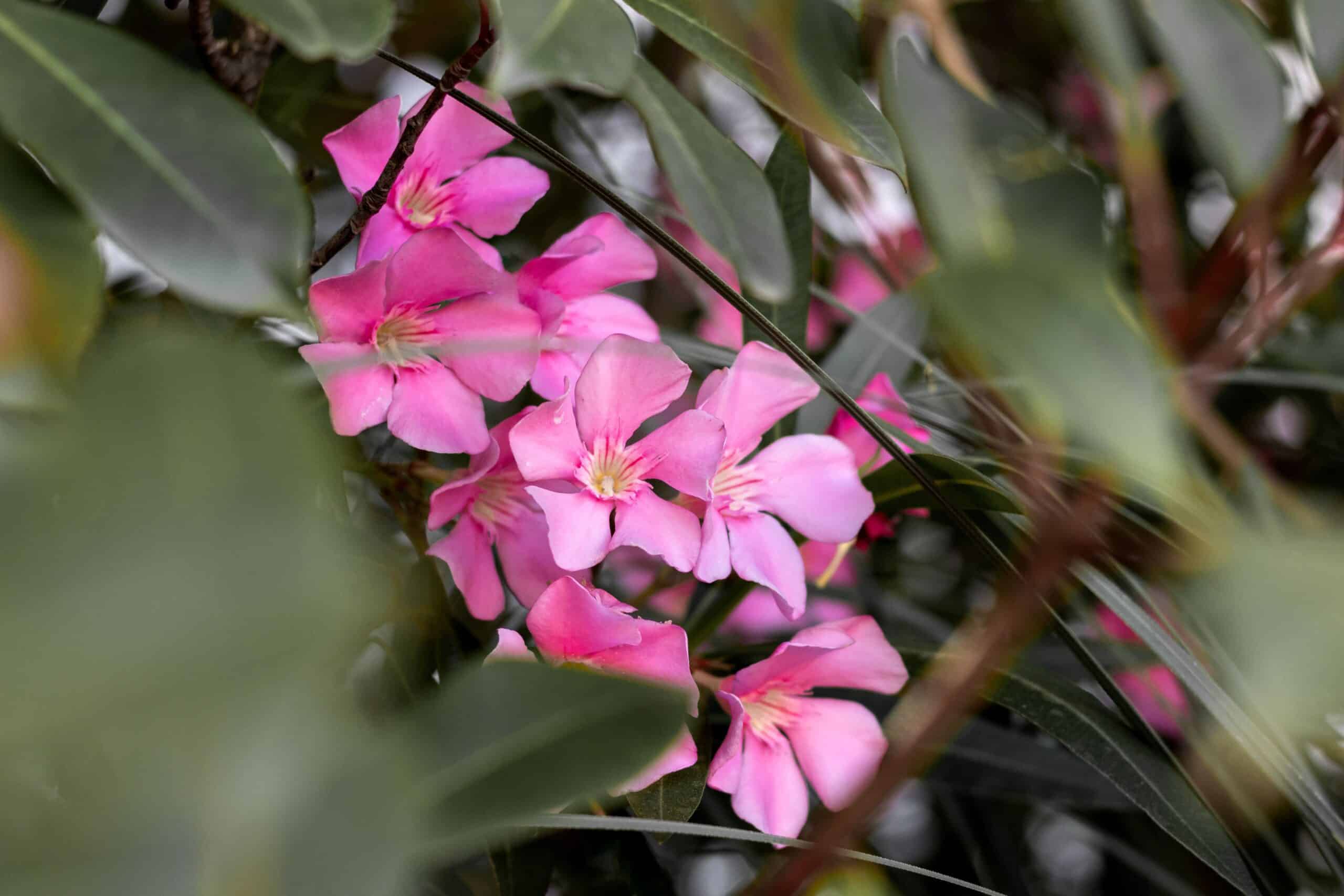
What we love from Amazon this week
Buy these wonderful flowers directly from Amazon:





